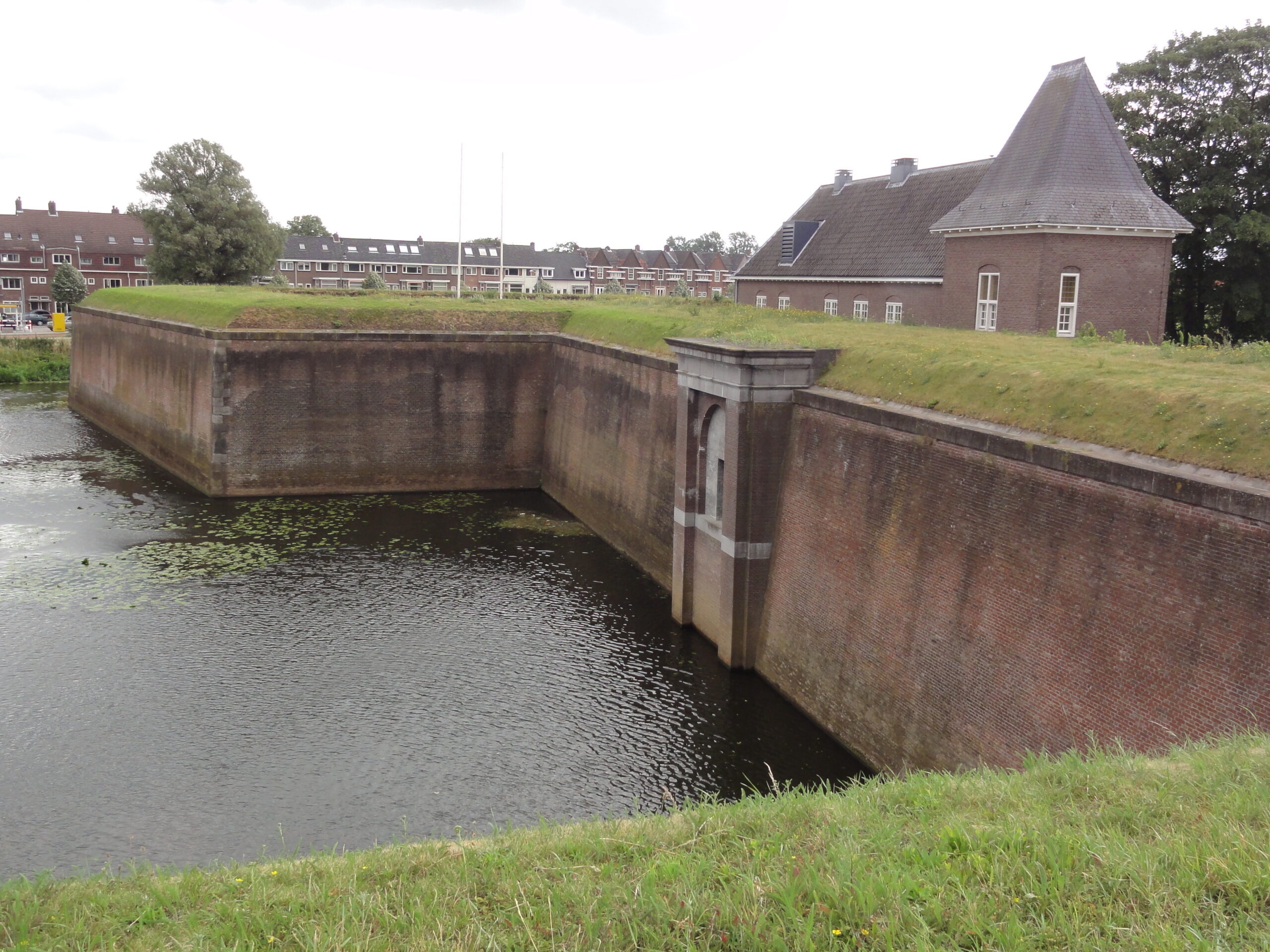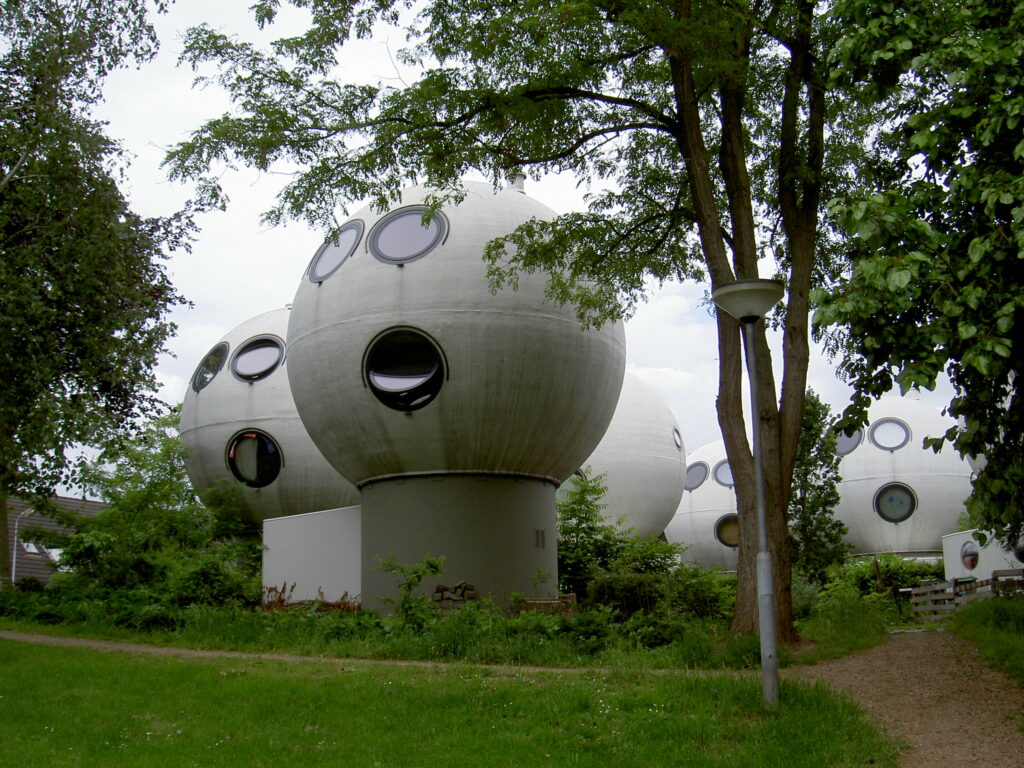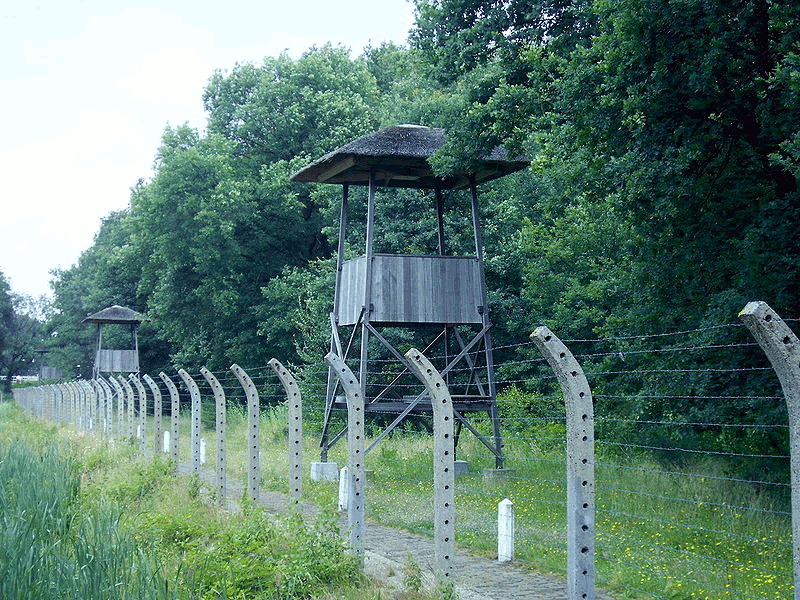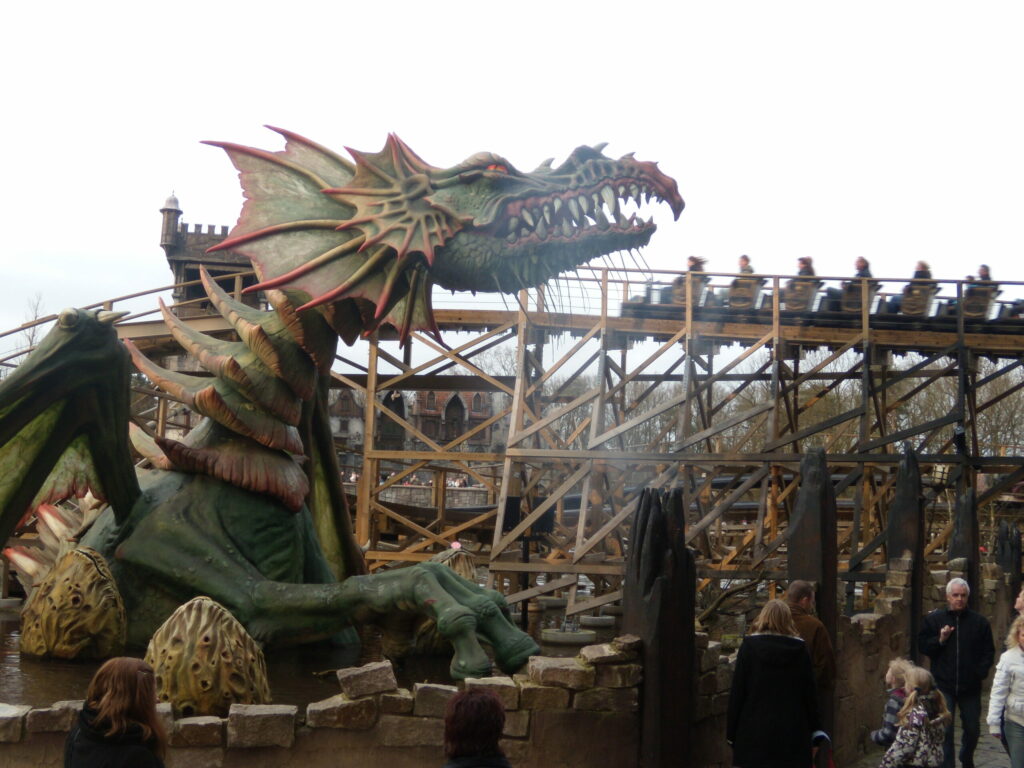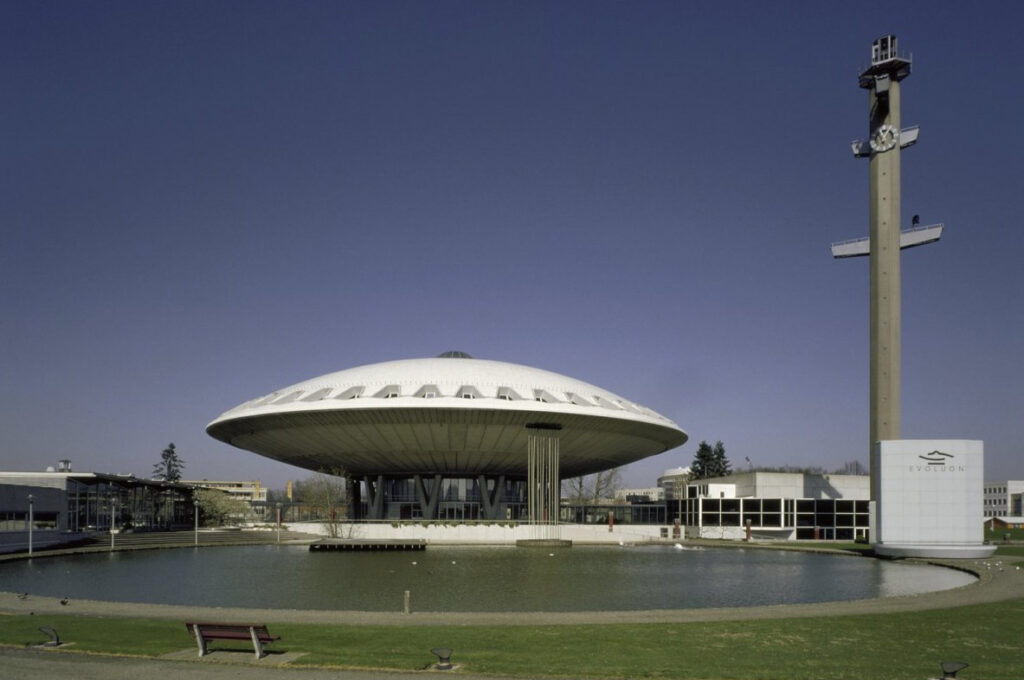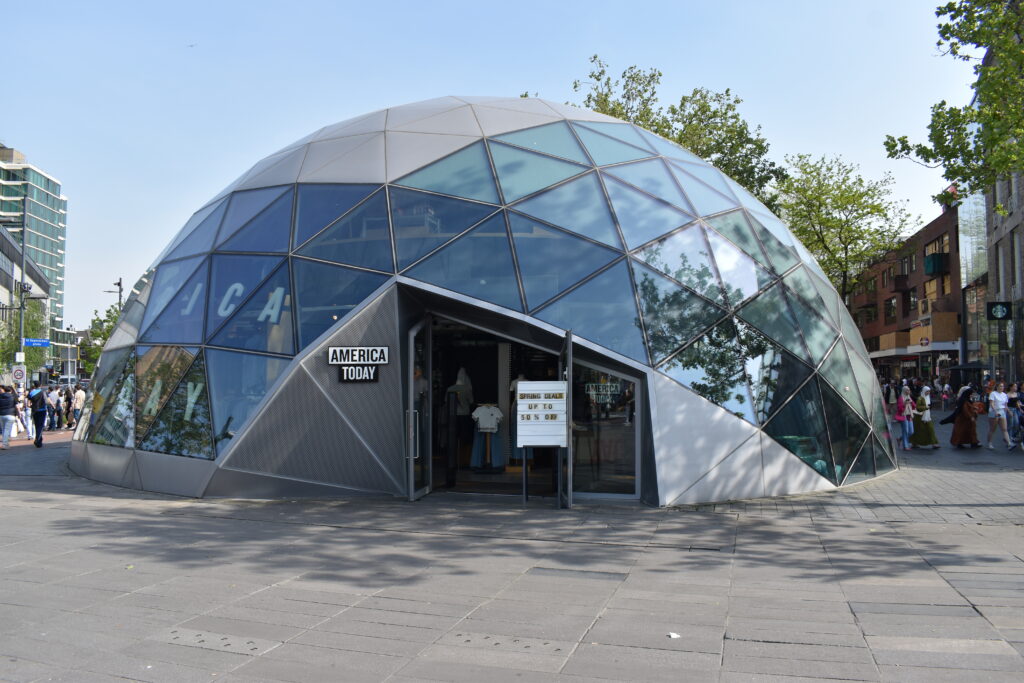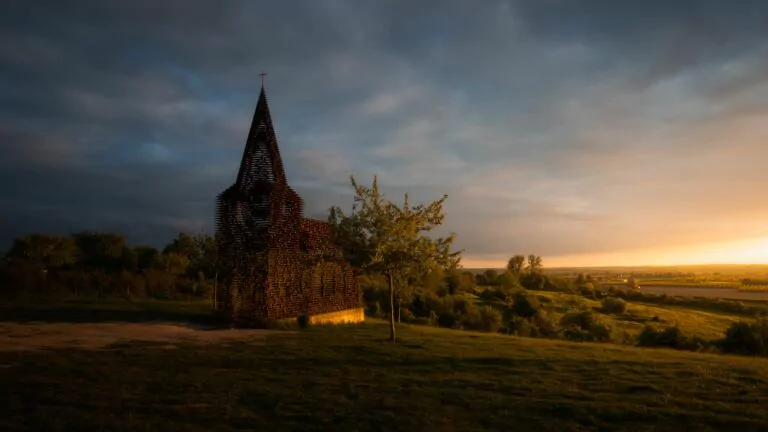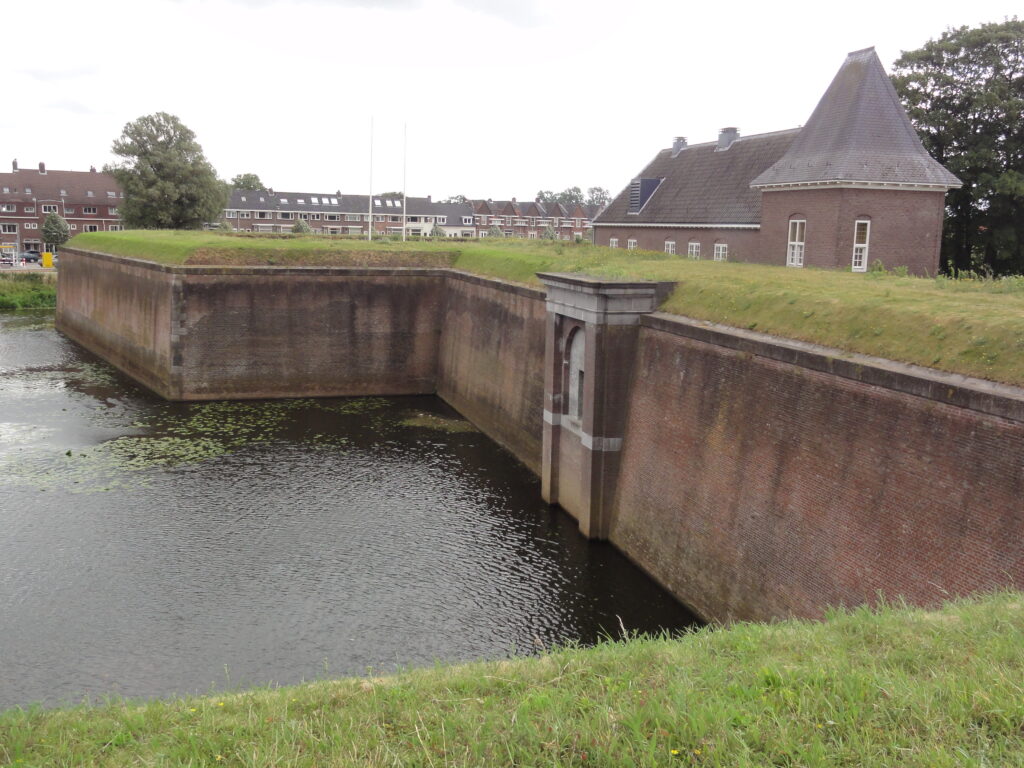
The Citadel of ’s-Hertogenbosch is a 17th-century fortress built between 1637 and 1642 by order of the States General on the northern side of the city. Featuring a typical pentagonal layout of the time with angular bastions and a moat, it served both as a strategic defense structure and as a symbol of local political power.
Galerie photos
A Tool of Control
Nicknamed Papenbril (“the Papist glasses”), the citadel was designed to prevent any rebellion from the Catholic population after the capture of the city in 1629. Its walls interrupted the urban fortifications, effectively breaking potential coordinated movements of the inhabitants.
Military History and Evolution
Originally named Fort Willem Maria, it oversaw the confluence of the Aa, Dommel, and Dieze rivers. During the 18th and 19th centuries, it also housed a military prison and barracks. By the end of the 19th century, the obsolescence of the fortifications led to a shift toward civilian use, before the building was converted into archives in the 20th century.
Restoration and Contemporary Role
A large-scale restoration project in the 1970s and 1980s revived the original layout with its bastions and defensive walls. Today, the main building hosts the Brabant Historical Information Center, preserving and indexing the region’s archives.
Visitor Experience
The Citadel of ’s-Hertogenbosch offers a historical walk in a well-preserved architectural setting. The contrast between its peaceful interior and imposing outer defenses immerses visitors in the city’s civic and military past.
Practical Information
Located on Citadellaan, the citadel is easily accessible by bike or public transport from the center of Den Bosch. Both guided and self-guided tours are available depending on the cultural program.
